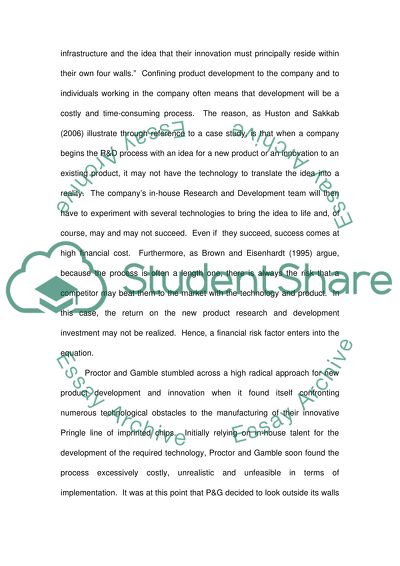Cite this document
(Procter and Gamble Essay Example | Topics and Well Written Essays - 1750 words, n.d.)
Procter and Gamble Essay Example | Topics and Well Written Essays - 1750 words. https://studentshare.org/marketing/1506059-pg
Procter and Gamble Essay Example | Topics and Well Written Essays - 1750 words. https://studentshare.org/marketing/1506059-pg
(Procter and Gamble Essay Example | Topics and Well Written Essays - 1750 Words)
Procter and Gamble Essay Example | Topics and Well Written Essays - 1750 Words. https://studentshare.org/marketing/1506059-pg.
Procter and Gamble Essay Example | Topics and Well Written Essays - 1750 Words. https://studentshare.org/marketing/1506059-pg.
“Procter and Gamble Essay Example | Topics and Well Written Essays - 1750 Words”. https://studentshare.org/marketing/1506059-pg.


